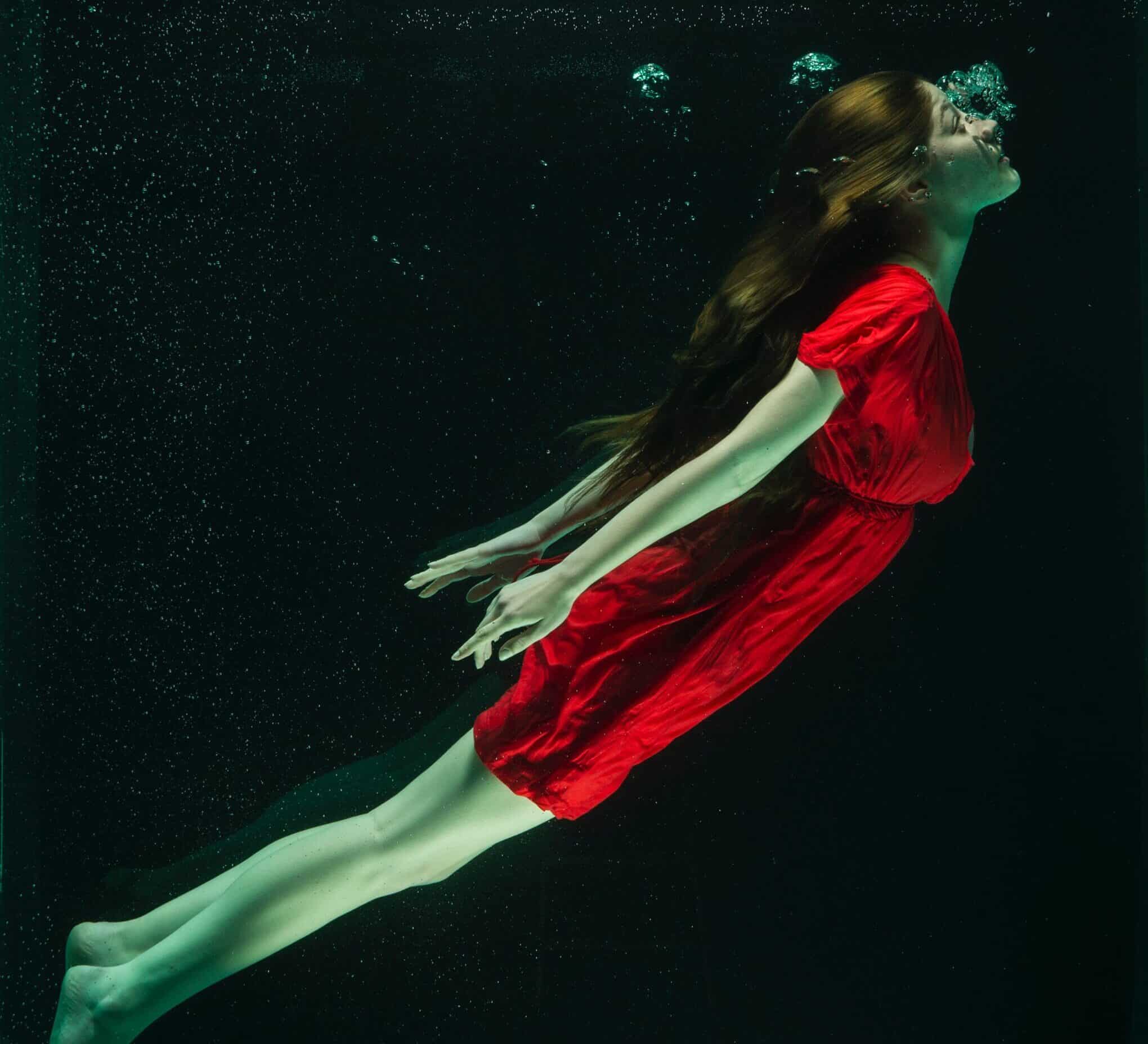Swimming, romping in the water or simply refreshing your feet in the sea: water is good for you. And it's good for you while you're on your period too. Because warm water and light exercise in particular relax you, so that headaches, abdominal cramps and other complaints can be alleviated. But what about monthly hygiene? Can you swim with tampons? And what does the panty liner do in the water?


Both sanitary towels and panty liners are made of an absorbent material that is attached to an adhesive strip of plastic film. You should take in menstrual blood, quickly and as much as possible. That means: They absorb liquids extremely well and quickly and hold them. The materials don't care what kind of liquid they are: they absorb water just as well as the famous blue test liquid in advertising and blood.
This is more of a hindrance when swimming. Because as soon as you get into the water, sanitary towels and panty liners soak up full of water. They then no longer absorb menstrual blood because they are already soaked. So if you want to bathe or swim, sanitary towels are not a good idea. And that applies to cloth sanitary towels as well as to single-use products. Panty liners generally absorb less fluid and are therefore only suitable to a limited extent for menstrual periods.
Tampons are made of cellulose and cotton. They soak up liquid just as quickly and safely as a sanitary napkin. But they have one decisive advantage: They are inside the body. And when swimming and bathing, there is rather little water. The tampon will absorb some water, especially along the thread and maybe also at the lower end, but it will never soak up completely. Instead, it can absorb the menstrual blood that comes from above - and reliably protect you when swimming and bathing.
Tampons are equipped with colored cotton threads that are supposed to make it easier to get them back out of the body. If you move in the water, this ribbon may slip out of the leg opening in a badly fitting swimsuit or bikini. It becomes visible. You can only prevent this by wearing an extremely tight-fitting swimsuit or a swimsuit with a leg.
Or you can opt for a soft tampon. These tampons consist either of a soft, well-absorbent sponge made of synthetic fibers, or of natural sponge. They don't have a pull-back cord, but you feel them with your fingers and carefully pull them out with your thumb and forefinger. No pull-back strap means that no strap can slip out from under the swimsuit when swimming or bathing. Menstrual cups are just as discreet: Again, there is no ribbon that could become visible.
Nobody likes foreign bodies sitting in intimate places in the body. In this respect, it is only understandable if you want to do without tampons when swimming. After all, menstrual cups and natural sponges are also foreign objects. The panty liner is waterproof in that the adhesive under the film keeps it in place even when it comes into contact with water. So if you just want to splash around with your feet in the water or run through the shallow waves by the sea, you don't need to worry: Even if the water splashes up into your crotch, the panty liner will not fall out of your pants. Just make sure that you only get into the water to a maximum of just above the knee. Then the panty liner is also suitable for "bathing" and you can do without the tampon in the water.
Many women observe that when swimming, bathing or romping in the water, the blood no longer flows. There are two phenomena behind this.
First, the surrounding water exerts external pressure on the labia and the entrance to the vagina. Because of this pressure, the blood does not come out so easily. In the case of light bleeding, this may be enough to swim or bathe unprotected. The question of the sanitary napkin for bathing is therefore superfluous.
Second, in some women, contact with the (mostly cool) water stops the bleeding for a short time. The coolness causes the bloodstream to contract, while the vagina may contract to protect against the ingress of water. This also prevents blood from leaking. However, this is not reliable! Under no circumstances should you go swimming with a light-colored swimsuit and no further protection on the heaviest day of your menstrual period and rely on it. It might be embarrassing after all.
In summary, we state: Sanitary towels and panty liners are not waterproof and unsuitable for swimming. If you just want to splash around with your legs in the water, they are enough. You better use tampons for swimming. If the tampon fails, slips, or something unexpected happens, a tight-fitting swimsuit in a dark color is generally a good idea.
You can find many Questions & Answers in our Frequently Asked Questions (FAQ).
Unsure about the right size? See our size chart!
Click one of the items below to get started.